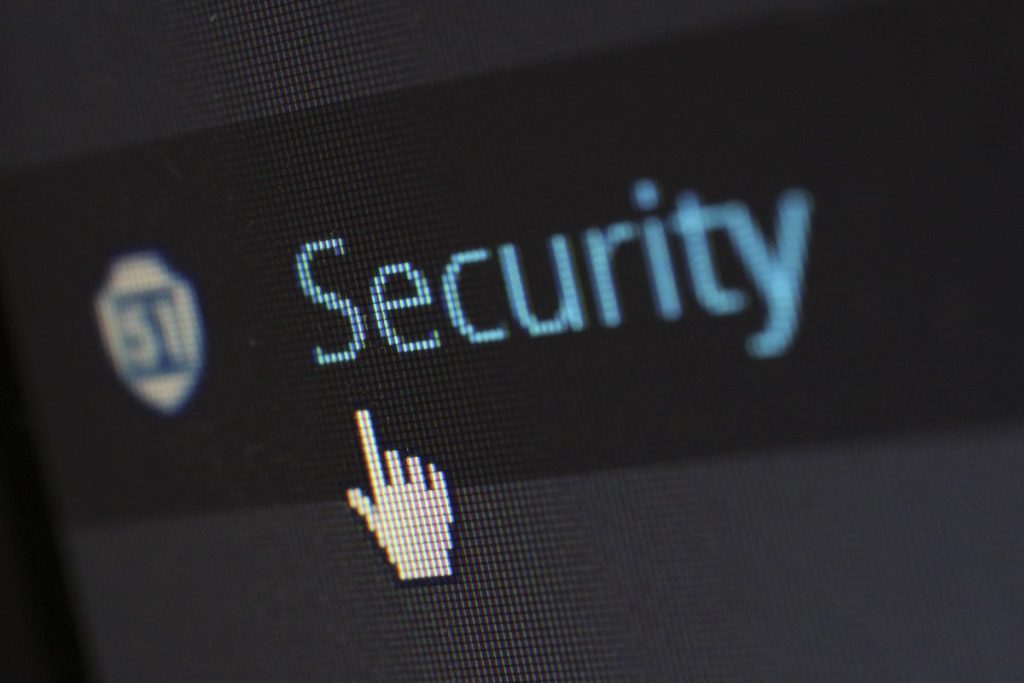- Educate your employees about cybersecurity.
- Implement strong passwords and use multi-factor authentication.
- Secure your networks and systems with firewalls, antivirus software, encryption, access control measures, etc.
- Monitor your systems regularly by checking system resources, scanning for vulnerabilities, installing security patches, and having access control systems.
- Taking these measures will help reduce the risk of a security incident and protect your business’s data.
You have taken steps to get your business off the ground and running. You are now ready to take it to the next level by implementing security measures that will help protect you and your customers from cyber threats. The following five best practices will help ensure your business stays safe from potential cybercrime incidents.
1. Educate Your Employees About Cybersecurity
One of the most important things you can do for cybersecurity is to educate your employees about it. Ensure they know how to spot phishing emails, what types of credentials not to share online, and other basic safety awareness measures. Also, provide them with resources such as cybersecurity training materials, so they can become more informed on the subject. Doing this will make your staff more aware of the dangers that come with online transactions and help protect your company from potential attacks.
2. Implement Strong Password Practices

Ensure your employees use strong passwords for all accounts and systems associated with the business. This means that passwords should be at least eight characters long, include letters and numbers, and use a combination of upper- and lowercase letters. Furthermore, they should not be reused across different applications or shared with anyone outside the organization. Change these passwords regularly to ensure added security.
3. Utilize Multi-Factor Authentication
Multi-factor authentication provides organizations with an added security layer, requiring more than a username and password to access specific accounts or systems. This can be done through biometrics such as fingerprint scanners or voice recognition, mobile authentication apps, and hardware tokens. MFA provides an extra layer of protection for your business’s sensitive data and can help protect against unauthorized access.
MFA can significantly reduce the risk of a data breach or malicious activity due to unauthorized access. If an attacker were to gain access to a user’s username and password, they would still need additional information to authenticate. By using MFA, you can ensure that any potential breaches are quickly identified and stopped before they become costly incidents.
4. Secure Your Network and Systems
Ensure your business’s computers, servers, networks, applications, websites, databases, etc., are properly secured from potential threats with up-to-date firewalls and antivirus/anti-malware software. You should also consider encrypting data stored in the cloud or on any other digital platform to protect it from being accessed by a third party.
It is also essential to ensure that your systems and networks are properly set up with access control, meaning that only authorized personnel should access sensitive information. Additionally, you should employ physical security measures such as a lock and key or biometric authentication for on-site security. Lastly, create a backup plan in case of an emergency or data loss, and make sure that this backup is stored in a secure location.
5. Monitor Your Systems Regularly

Finally, regularly monitoring your systems for any potential breaches or attacks is essential. This can be done by using an intrusion detection system (IDS) and keeping track of the logs generated from the system. Additionally, keep a close eye on the activity associated with user accounts to detect any suspicious behavior that may indicate someone has gained unauthorized access.
Furthermore, here are more ways you can monitor systems:
Monitor System Resources
Monitoring system resources is an integral part of keeping your systems secure. This includes monitoring each machine’s CPU, memory, and disk usage to detect any abnormal behavior that could signal a malicious attack or unauthorized access. You should also monitor network traffic for large volumes of data sent from either internal or external sources.
Scan for Vulnerabilities
Scanning for vulnerabilities can help identify potential security issues with your system that attackers could use to gain access. Regularly running vulnerability scans will detect any known vulnerabilities so you can take steps to patch them before malicious actors exploit them. You should also keep a close eye on newly-discovered vulnerabilities and fix them as soon as possible.
Install Security Patches
Security patches are released to fix any security flaws discovered in software and can help protect your systems against malicious attacks. Installing security patches on all machines is essential for maintaining an effective defense system and ensuring your systems remain secure over time. Additionally, if any of your applications use third-party code or libraries, keeping those up to date with the latest security fixes is essential.
Have Access Control Policies and Systems
Having a set of well-defined access control systems in place is essential for ensuring that only authorized users can access your sensitive data or systems. Additionally, it’s vital to have a plan in place to log user activity and monitor unauthorized attempts at gaining access. This can help detect suspicious behavior before any damage is done and allow you to take steps to limit the effect of an attack. Keeping these policies up-to-date with industry best practices is also crucial for maintaining adequate security.
In Summary
These five best practices should help your business stay safe from cyber threats and ensure you do everything possible to protect yourself and your customers’ data. Implementing them now will help reduce the risk of experiencing a security incident in the future and save you time, money, and reputation problems down the line.
